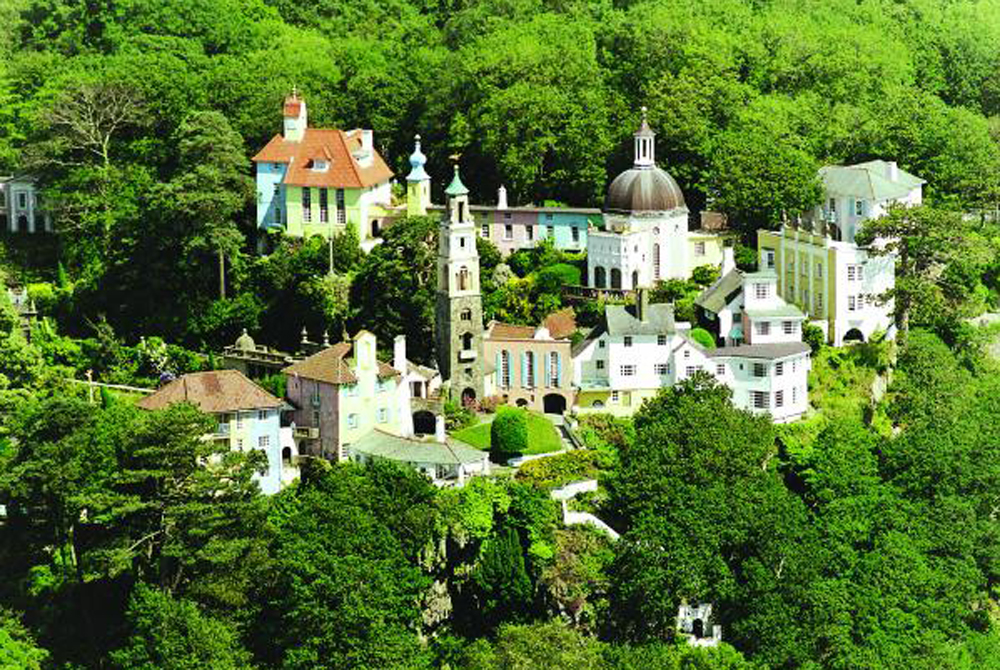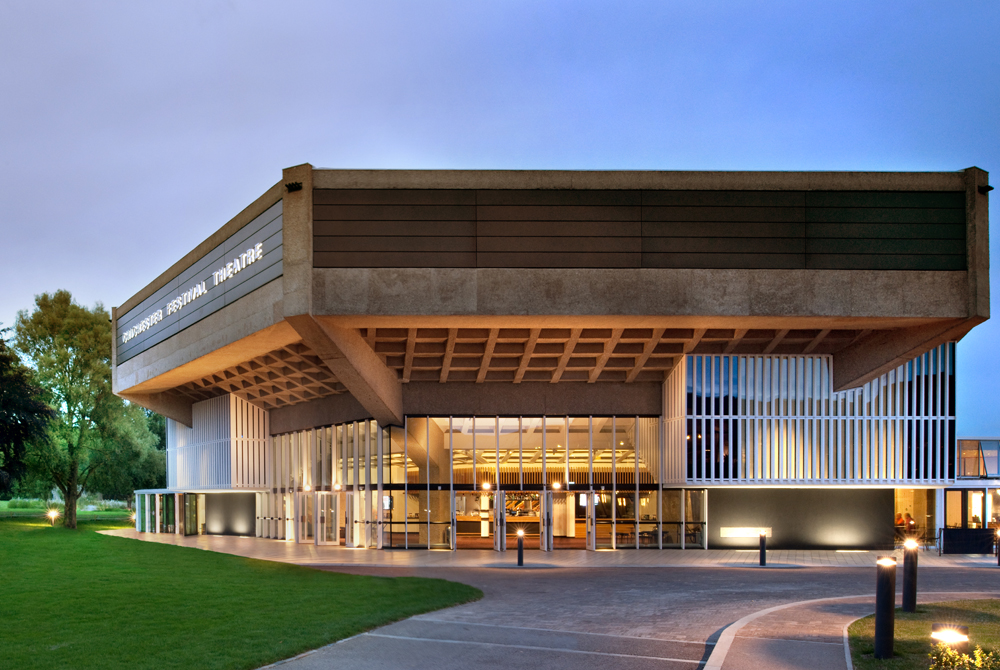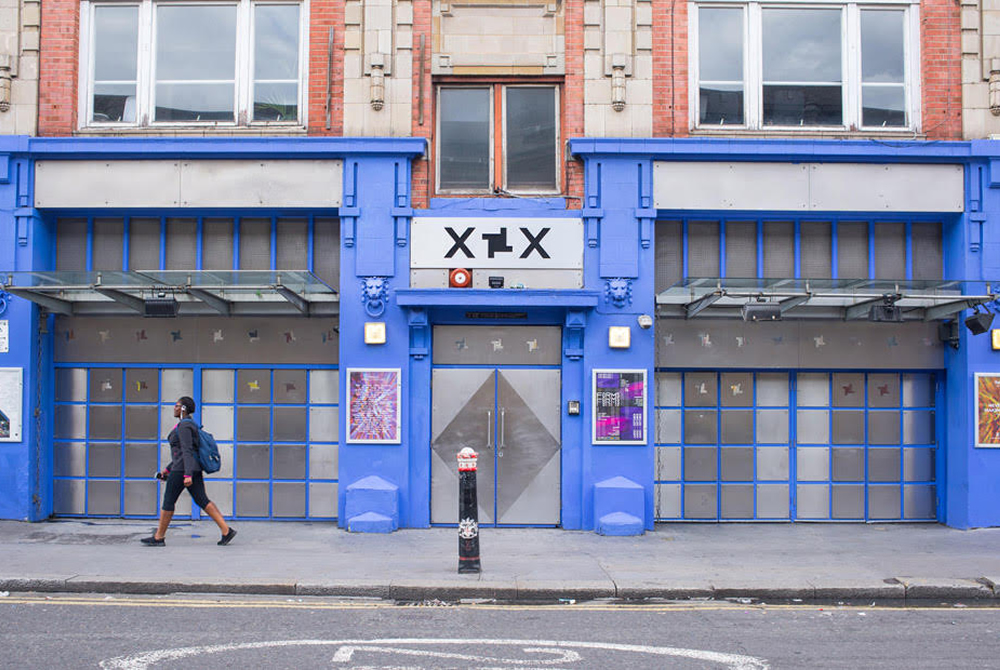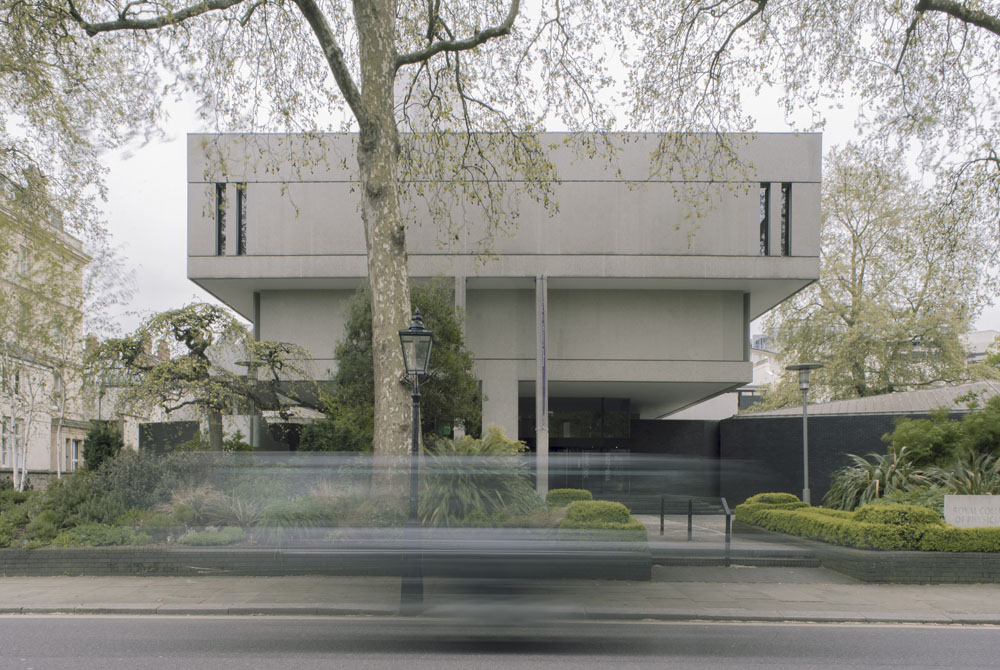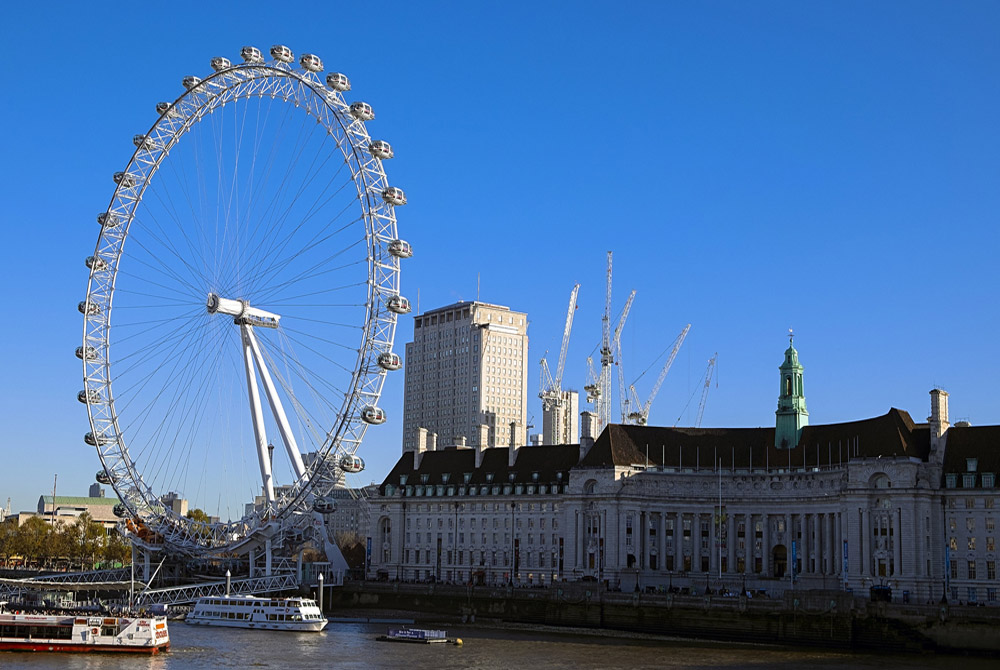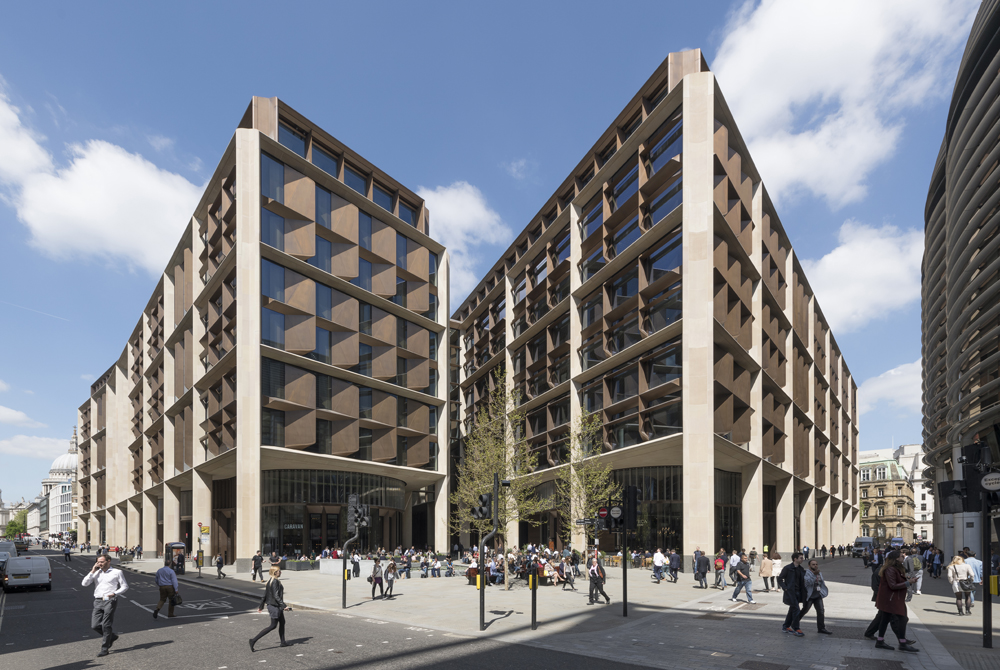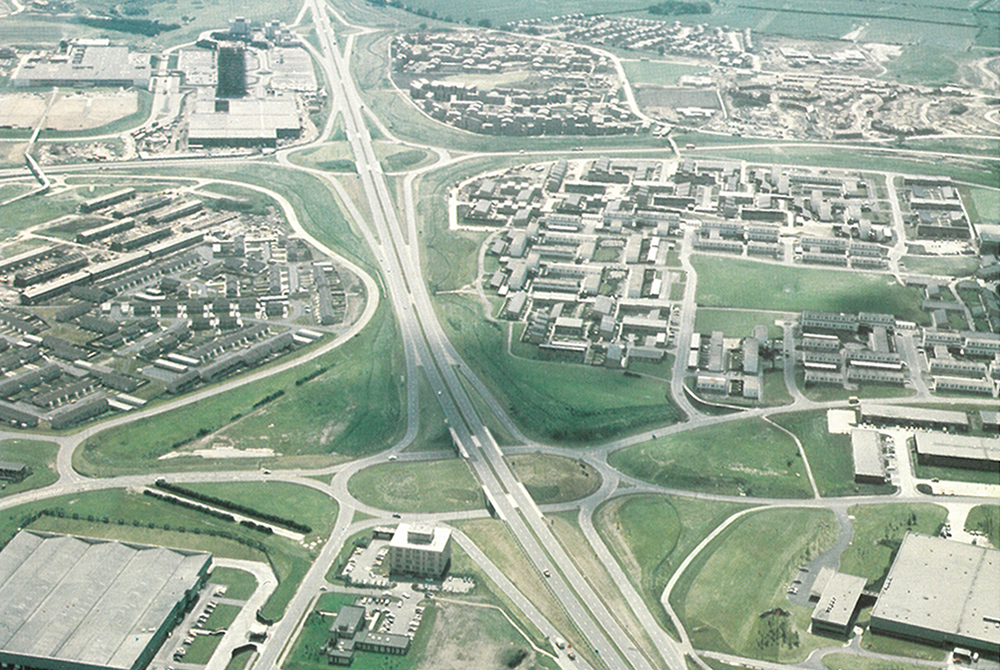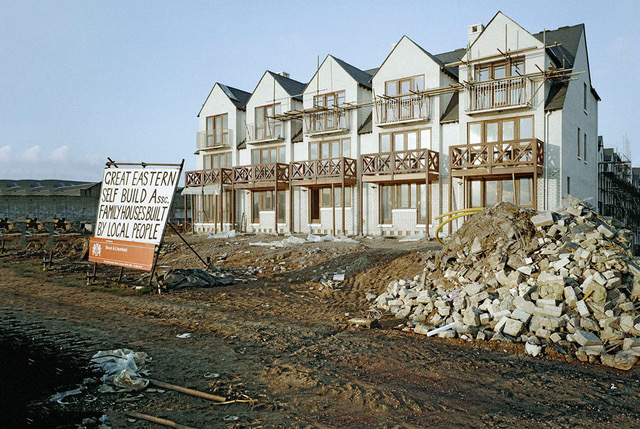We lived in Northern Ireland when I was a child but we spent time in the holidays visiting Plas Brondanw, the Williams-Ellis’s family home, so of course we visited Portmeirion too. Clough and my great aunt Amabel were a formidable couple. I have such a strong memory of them bellowing to each other across the house, which thinking back makes me wonder if they were a bit deaf! And they were so tall, and I was of course short. The house was often full of visitors and I longed to join in their conversations but of course I didn’t know enough to understand what they were talking about, and it felt like standing at the bottom of a pyramid with them at the top.
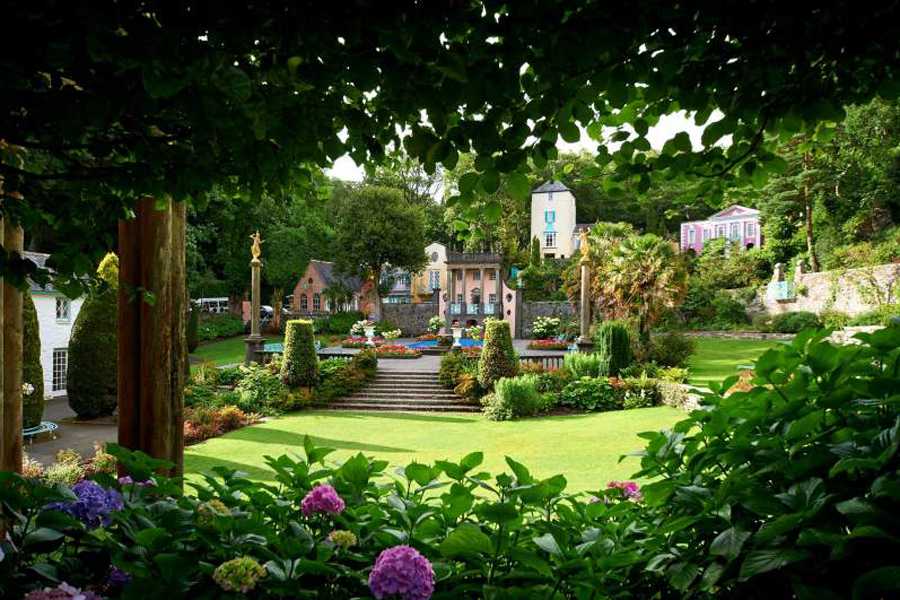 Looking across the garden to the village of Portmeirion ©Portmeirion
Looking across the garden to the village of Portmeirion ©Portmeirion
I wish I’d been older and brave enough to ask more questions then, though Clough wouldn’t necessarily have answered. When he talked people tended to listen, and I imagine he was a nightmare for his poor neighbour Richard Haslam when Richard was trying to write about his work as an architect because he would never explain his buildings. As far as he was concerned they spoke for themselves. He cultivated an image as an eccentric – tweed jackets, waistcoat, knee britches, and always long yellow socks which Amabel knitted. He was very charismatic and a total showman.
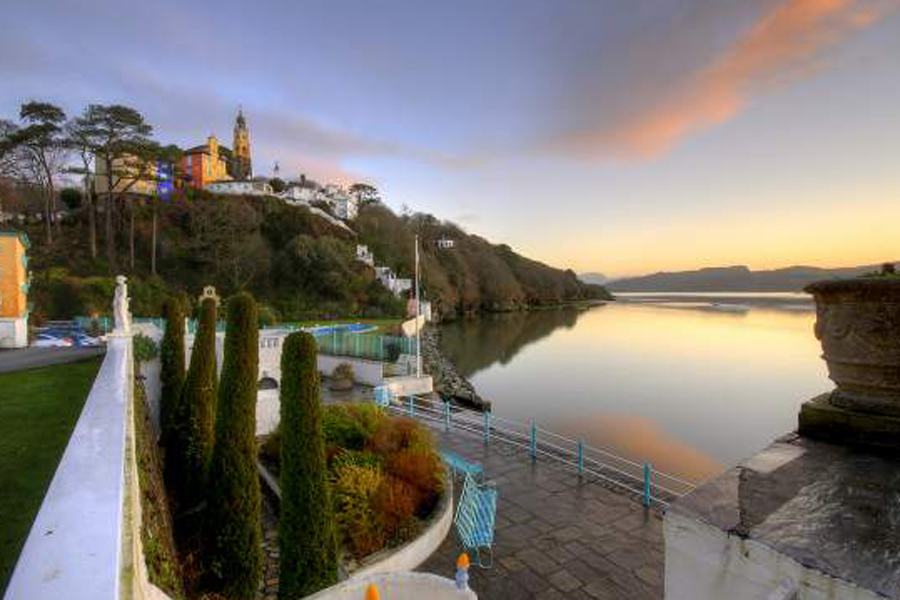 The view from Portmeirion ©Portmeirion
The view from Portmeirion ©Portmeirion
I learnt a huge amount from him, perhaps most importantly about colour. For some reason I’ve always been rather nervous of colour, preferring to work on black and white line drawings and using clay for garden pots. Then one day I thought “I’m fed up with making and moving large brown objects!” which was a light bulb moment. I still tend towards sludgier colours, but seeing the way he used colour made me braver.
I’m still a work in progress though! His influence over me where colour was concerned led me to start using copper carbonate to recreate that amazing turquoise that you see everywhere at Portmeirion. I used it on the tile work murals above the sinks in the ladies and gents at the hotel restaurant. They weren’t typical of my work but they were what Clough wanted, so who was I to argue?
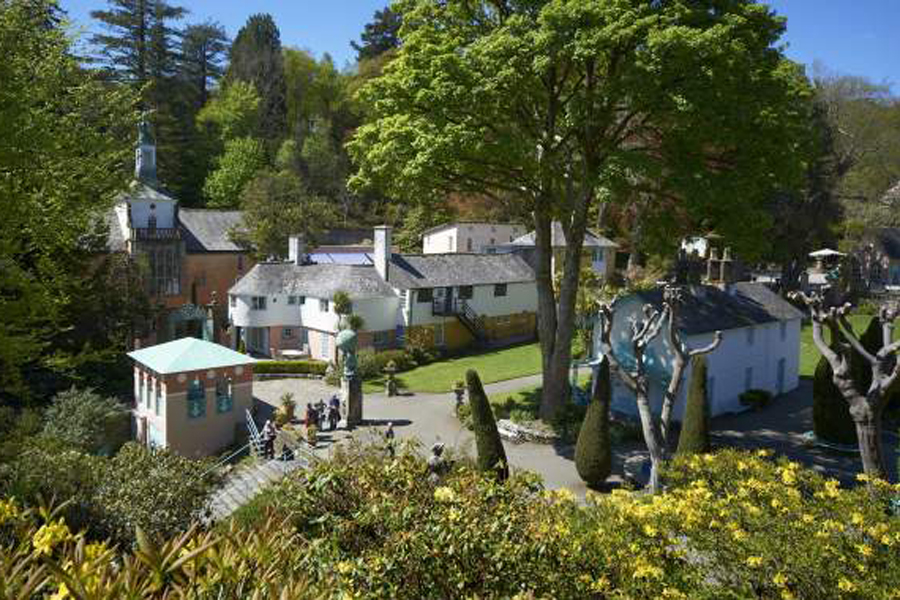 The village of Portmeirion ©Portmeirion
The village of Portmeirion ©Portmeirion
Before he found Portmeirion Clough and Amabel travelled extensively around the Mediterranean and I think it’s possible he thought of creating something there. It was ironical really that he found the perfect site for his vision just two miles from where he lived! Where he was so clever is managing to make something so Mediterranean sit so perfectly in North Wales.
 Portmeirion by Tim Richmond
Portmeirion by Tim Richmond
Clough was really the originator of sustainable tourism. He didn’t have any money so to make Portmeirion financially viable he knew he had to get a hotel up and running as soon as possible. His experiment at Portmeirion was meant to stimulate an interest in the built environment, to help people understand architecture, landscaping and design. The soil in Portmeirion is quite poor but by clever planting he created architectural gardens, always with an eye to tantalising glimpses of views and vistas.<
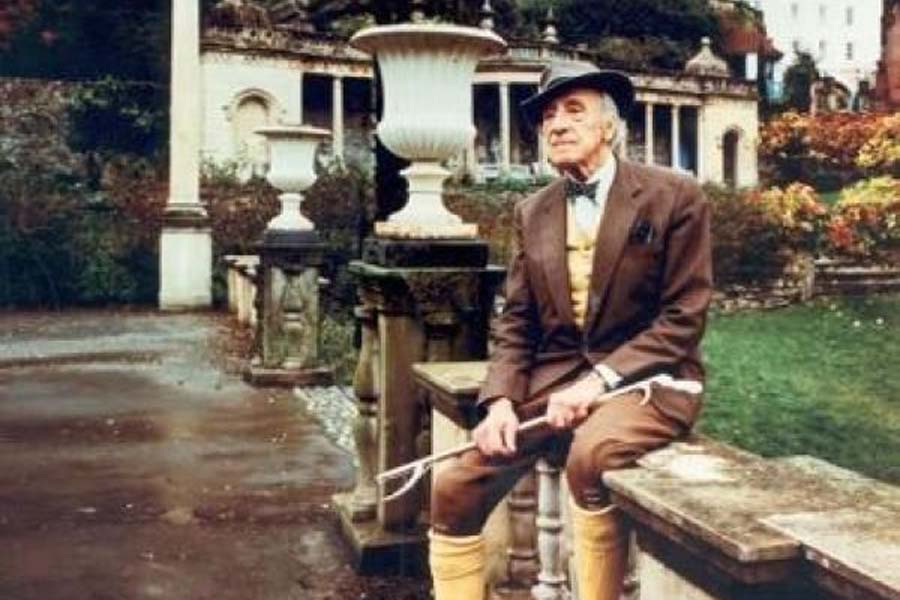 Clough Williams-Ellis dressed in his customary style ©Portmeirion
Clough Williams-Ellis dressed in his customary style ©Portmeirion
People called Portmeirion ‘a home for fallen buildings.’ Clough would spot something that he liked and thought would come in handy, and in some cases whole houses were taken down and stored for later use. Clough bought the ceiling of the Hercules Hall from Emral Hall at auction shortly before it was demolished and he used stonework from Emral and the ceiling of the hall for the Portmeirion Town Hall. You have to remember that in those days there was no formal protection for historic buildings, so without his intervention Emral would have been lost.
He persuaded Westminster Abbey to give him a parapet – and of course they did! Clough was the champion of the idea of architectural salvage, architectural fragments and antique miscellanea and the re-use of buildings, something that is only now being truly considered, so Portmeirion stands as a shining example of everything he believed in.
 An upturned cauldron becomes a dome! © Portmeirion
An upturned cauldron becomes a dome! © Portmeirion
But most of all Clough wanted things to be fun, and visual jokes gave him particular pleasure. Who else would have turned an inverted copper cauldron into a dome on the Portmeirion lighthouse and another on the Town Hall topped with a crown? Clough bought this cauldron at an auction, where it was listed as a ‘missionary pot’!
“Cherish the past, adorn the present and construct for the future.”
Clough Williams-Ellis
